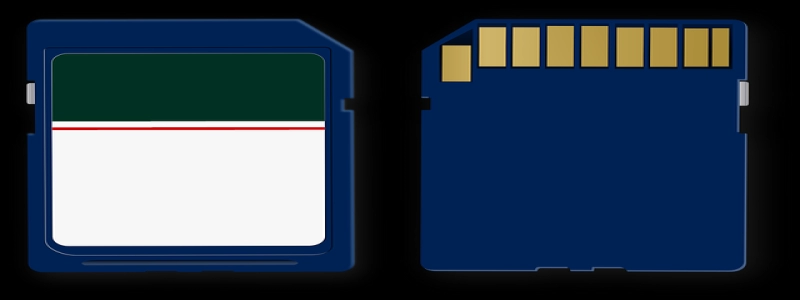Fiber Optic Modulation
Introduction:
Fiber optic modulation is a key concept in the field of optical communication systems. This article aims to provide a detailed explanation of fiber optic modulation, its types, and its significance in modern communication networks.
I. What is Fiber Optic Modulation?
Fiber optic modulation refers to the process of manipulating the properties of light signals that propagate through an optical fiber. It involves controlling the amplitude, frequency, phase, or polarization of the light signals to transmit information from one point to another.
II. Types of Fiber Optic Modulation:
1. Amplitude Modulation (AM):
AM involves changing the intensity of the light signal to encode information. The light signal is modulated by varying the amplitude of the carrier wave in accordance with the input data. This modulation technique is commonly used in analog optical communication systems.
2. Frequency Modulation (FM):
FM involves changing the frequency of the light signal to encode information. The frequency of the carrier wave is varied in proportion to the input data, enabling the transmission of high-quality signals over long distances. FM is widely used in digital optical communication systems.
3. Phase Modulation (PM):
PM involves changing the phase of the light signal to encode information. The phase of the carrier wave is modified based on the input data, allowing efficient transmission of digital signals with high data rates. PM is commonly used in modern fiber optic communication systems.
III. Significance of Fiber Optic Modulation:
1. Enhanced Data Transmission:
Fiber optic modulation techniques enable high-speed data transmission over long distances. By manipulating light signals, information can be encoded onto them, allowing for efficient transmission rates that far surpass traditional copper wire systems.
2. Immunity to Electromagnetic Interference:
Fiber optic cables, with their modulation techniques, are not susceptible to electromagnetic interference. This makes them ideal for use in environments with high levels of electrical noise, such as industrial plants or urban areas with high electromagnetic activity.
3. Increased Bandwidth:
Fiber optic modulation techniques provide a broader bandwidth capacity compared to traditional copper wire systems. The ability to modulate light signals allows for the transmission of a larger amount of information, resulting in increased bandwidth for data-intensive applications.
Conclusion:
Fiber optic modulation plays a crucial role in the field of optical communication systems. It allows for efficient transmission of information over long distances, enhances data transmission rates, and provides immunity to electromagnetic interference. As technology advances, further advancements in fiber optic modulation techniques are expected, enabling even faster and more reliable communication networks.








